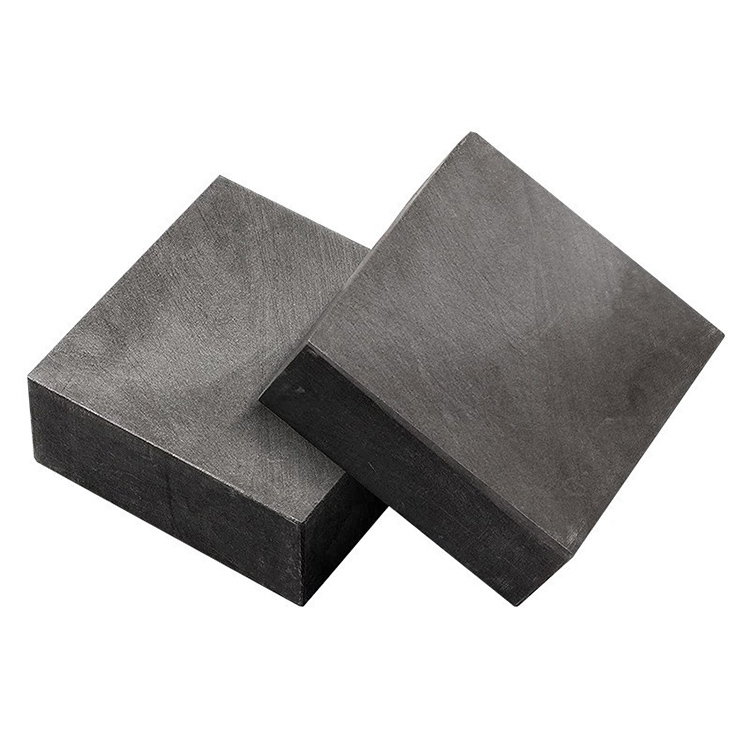Carbon Graphite – A High-Performance Material Shaping Modern Industries
2025-06-12
Carbon graphite is a remarkable material that has become indispensable across various industries thanks to its unique combination of properties. From aerospace engineering to electronics, carbon graphite plays a critical role in advancing technology and innovation.

What Is Carbon Graphite?
Carbon graphite is a crystalline form of carbon where atoms are arranged in a hexagonal lattice. This structure gives it exceptional strength, thermal stability, and electrical conductivity. It is lightweight yet incredibly durable, making it ideal for demanding applications.
Key Properties of Carbon Graphite
High Thermal Conductivity: Efficiently dissipates heat, making it perfect for high-temperature environments.
Electrical Conductivity: Conducts electricity, useful in batteries, electrodes, and electrical brushes.
Chemical Resistance: Resistant to most chemicals and corrosion, ideal for harsh conditions.
Low Density: Lightweight compared to metals, enabling weight reduction in engineering designs.
Lubrication: Provides self-lubricating properties, reducing friction in moving parts.
Applications of Carbon Graphite
Aerospace: Used in aircraft brake systems, rocket nozzles, and lightweight structural components.
Automotive: Components like brake pads, clutch materials, and seals benefit from graphite’s durability.
Electronics: Essential in manufacturing batteries, fuel cells, and electrical contacts.
Industrial Machinery: Used in bearings, seals, and gaskets due to its strength and lubrication.
Nuclear Reactors: Serves as a neutron moderator and structural material in reactors.
Advantages Over Other Materials
Compared to metals and plastics, carbon graphite offers superior heat resistance and durability without the added weight. Its ability to withstand extreme conditions makes it preferable in environments where reliability is critical.
Challenges and Considerations
Brittleness: While strong, graphite can be brittle and may require reinforcement for certain applications.
Cost: High-quality carbon graphite materials can be expensive due to manufacturing complexity.
Machining: Requires specialized techniques because of its hardness and abrasive nature.
Future Trends
Innovations in carbon graphite composites and nanomaterials are pushing the boundaries of what this material can do. Enhanced performance in energy storage, lightweight construction, and thermal management are key areas of development.
Conclusion
Carbon graphite is more than just a material — it’s a cornerstone of modern engineering and technology. Its exceptional properties enable safer, lighter, and more efficient products across a spectrum of industries. As research continues, the potential for carbon graphite to revolutionize new fields remains incredibly promising.


